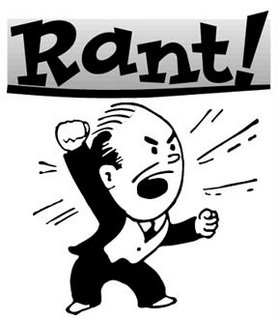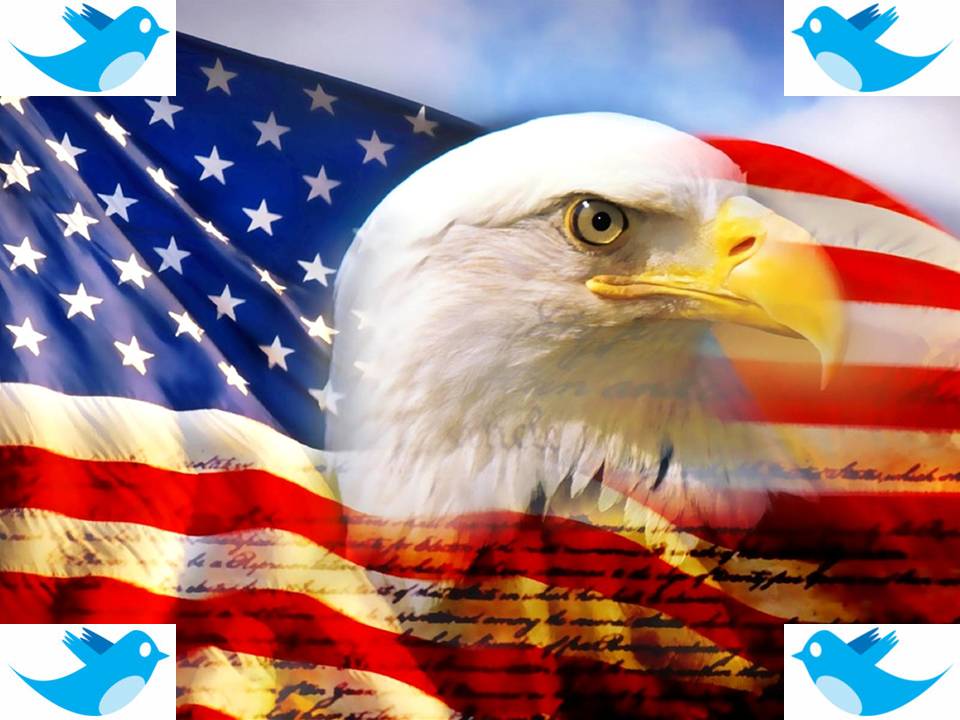 Photo credit to: http://redstaplerchronicles.com/
Photo credit to: http://redstaplerchronicles.com/
Editor’s note: forgive me reader for I have not blogged in nearly three weeks… it’s planning season, sorry folks
First, some background on why –
However snobbish or passé (perhaps even condescending) the term Foodie may seem to some, I consider myself one; I’m a foodie with my restaurants, my menu picks, my ingredients, my home cooking, my books, my TV choices… I just am, and not that there is anything wrong with that. Even though I babble about food and restaurants all the time, the one thing I refrain from doing is talk negatively about the service of a restaurant.
To me the food and the chefs are the stars, so why bias people about décor or service if the meal is great… that is until recently when my mom, brother, wife and I were at Fig and Olive (Fifth Avenue location, the ‘new’ one; bottom line: I recommend the uptown location, food is the same) and had one of the worst services. So I decided to enact the age-old marketing perspective: negative experience = 10 people told vs. good experience = 3 people… I went to town, and told all who’d listen about it in addition to those I usually babble about food with.
The next day my frustration was met with an interesting read from the Chicago Sun-Times about a Horizon Group Management LLC lawsuit against a tenant’s ‘slanderous tweets’… then as if on cue, I started catching up on the Sam Sethi/TechCrunch libel suit over published ‘slanderous articles’ (see more TC coverage: here, here and here) this week… hm, I thought “the power of words you say?”
So, a new Tword is born–
The other day I came up with (per search results) a cute term… Negatweeting, seemed to just roll off the tongue, quite self explanatory given the recent occurrences around me.
Now that I work a lot with corporate reputations and though I’m young, I can seriously say (with a straight face) that I remember when people only had to worry about reputations in print and on TV. All of us, my current clients included, aren’t so lucky… we have to counter and encounter the public head on; the virtual soapbox of social networking and social media mandates us. If we don’t engage and define ourselves, someone else will or already is. Oh, if I had a dollar for every time I heard that phrase recently (again, planning season)…
I take the side of Amanda Bonnen (obviously) as well as that of Michael Arrington in these cases, and frankly everyone else that took a stand. It is the power of free speech, if not consumer power through preference and opinion, which is the foundation of American society… hence Michael Arrington wanting his case tried here and not in the UK, as it is now. And that perhaps is the problem with such outrage as my own at the legal system hamstringing free speech online… the internet, though democratization at it’s finest, is not a democracy.
Recent Exhibits: a) Google’s power to ban sites b) Marines banning social networking c – e) Iran, China, Russia
And so on... internet is not a democracy, it is a powerful populous tool that is used to spread information and opinion, but there will always be those who control the switch... and yes, there is a switch. Again, do I even need to link to yesterday’s Twitter/Facebook hacker slowdown/deny of service attacks? Seems quite reasonable of an argument to me.
Thus, I decree: onward with your negatweeting my masses, go forth with your opinions and free speech consumerism. Use social networking and social media to bunch up and grow your numbers. Have your cake and eat it too, until they take away the fork.
So go on, exercise the right to express dissatisfaction with things and make yourself heard through tools available… because if we don’t engage and define ourselves, someone else will or already is.


